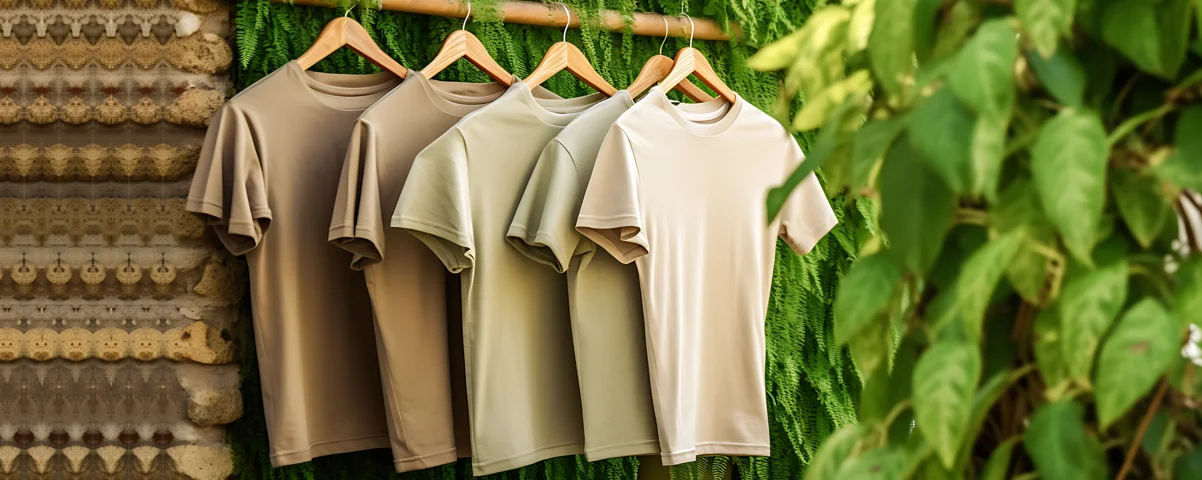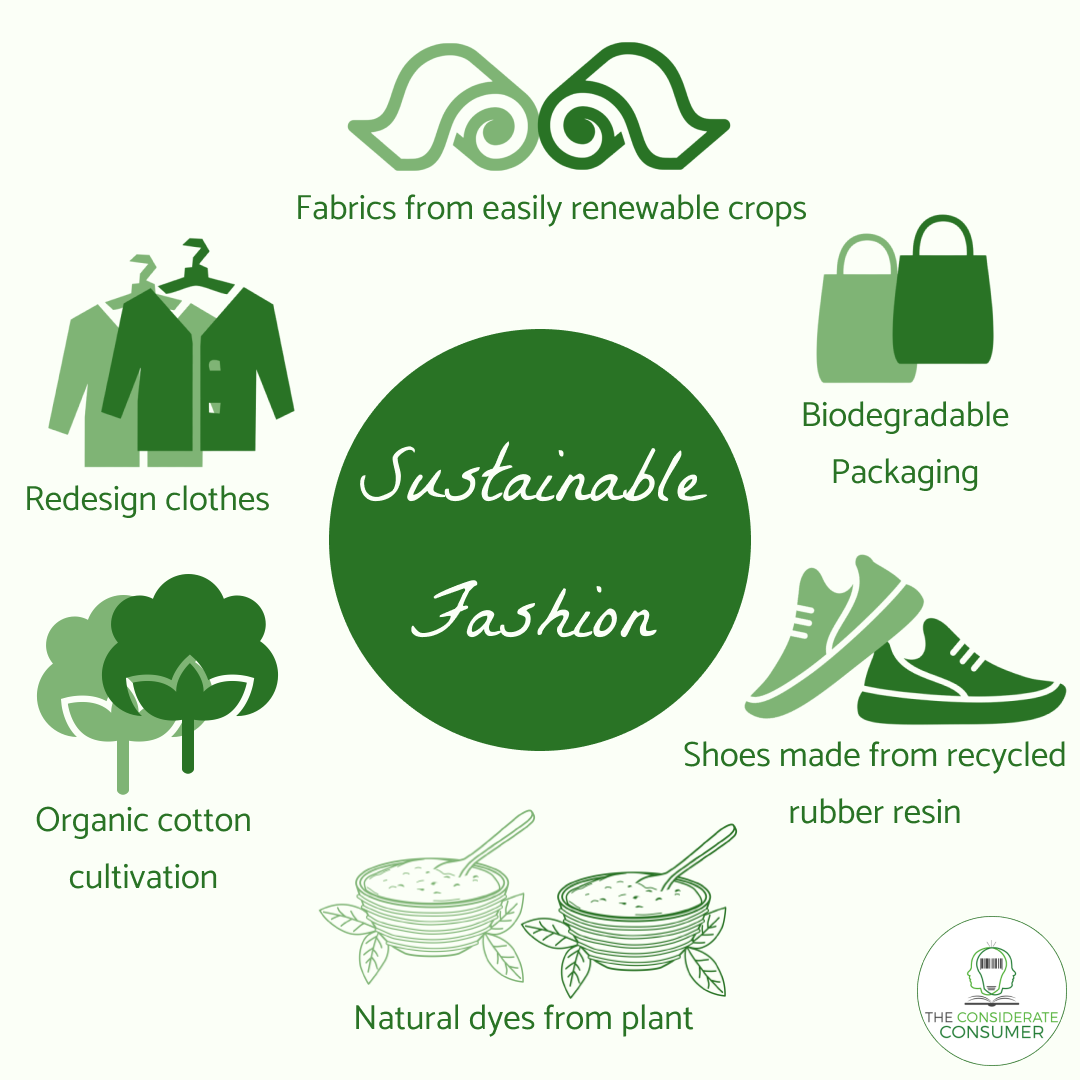The Foreseeable Future of Cape Town Sustainable Fashion in the Global Market
The Foreseeable Future of Cape Town Sustainable Fashion in the Global Market
Blog Article
Keep Ahead of the Curve by Exploring Cutting-edge Style Trends
In an industry as vibrant as style, staying ahead involves even more than just complying with current fads-- it demands an exploration of technology. The convergence of innovation and style advertises a brand-new period of consumer engagement.

Embracing Smart Textiles
Recently, the fashion market has actually experienced a transformative change with the assimilation of wise fabrics, an innovative technology that mixes innovation with fabric. This development represents not only a blend of looks and performance yet also a significant jump in the direction of sustainability and personalization in vogue. Smart textiles, likewise called e-textiles, embed advanced electronics such as sensing units and conductive strings within the textile, enabling garments to engage with the user or the atmosphere.
These fabrics are created to keep track of physiological specifications, such as heart price or body temperature level, giving real-time health analytics. Past health and wellness applications, wise textiles are also being used for adaptive clothing, which can alter shade or pattern in feedback to ecological stimuli, hence offering a vibrant style experience.
In addition, the advancement of energy-harvesting textiles that create power from activity or sunlight is leading the way for self-dependent wearable technology. This advancement is attracting environmentally mindful consumers and developers aiming to minimize the ecological footprint of style. As research study and development in this field advancement, smart fabrics are anticipated to come to be progressively widespread, reshaping the landscape of modern-day style with their multifunctional abilities.
The Rise of 3D Printing
Transforming the production landscape, 3D printing has arised as a game-changer in the garment industry. This sophisticated innovation has actually enabled designers to press the boundaries of creative thinking, creating elaborate and tailored garments that were previously unbelievable. By leveraging digital style and additive production, 3D printing helps with the creation of intricate geometries and patterns, allowing developers to trying out new appearances and structures.
A remarkable benefit of 3D printing in style is its ability to create on-demand, lessening waste and lowering stock demands. This efficiency not only optimizes manufacturing processes however likewise enables rapid prototyping, allowing developers to bring their visions to life in a shorter timeframe. Moreover, 3D printing supports customization somewhat unmatched by standard approaches, using special layouts and tailored fits tailored to specific consumer preferences.
The rise of 3D printing has also democratized fashion, making it available to arising designers that can currently produce top quality items without considerable financial investment in conventional manufacturing infrastructure. As technology remains to development, the apparel industry is poised to harness the full potential of 3D printing, exploring new products and techniques that will unquestionably redefine exactly how fashion is developed and generated.
Lasting Fashion Advancements
As the garment industry faces the pushing requirement for ecological obligation, sustainable style innovations have actually emerged at the forefront of transformative adjustment. The expanding awareness of eco-friendly effect has sustained a change towards even more eco-conscious methods and products. Designers and brand names are now focusing on sustainability, incorporating approaches that lessen waste and decrease carbon impacts.
One significant advancement is the rise of circular style, which highlights recycling and upcycling to expand the lifecycle of garments. This technique not only minimizes waste however also urges consumers to take on a more conscious method to apparel usage. In addition, making use of lasting materials, such as natural cotton, hemp, and recycled polyester, has actually acquired grip. These materials need much less water and energy during manufacturing, considerably decreasing environmental influence.
Another breakthrough lies in the fostering of innovative dyeing techniques that make use of natural dyes or waterless processes, consequently reducing the large amounts of water and chemicals traditionally utilized in textile dyeing. In addition, improvements in biotechnology have caused the production of lab-grown leather and fabrics, providing ecologically friendly and cruelty-free alternatives to standard materials. Through these pioneering efforts, the apparel industry is making significant strides towards a much more sustainable future.

Tech-Integrated Apparel
Tech-integrated garments represents a groundbreaking blend of style and innovation, improving exactly how individuals engage with their apparel. This innovative domain name is marked by the addition of wise fabrics and embedded electronic elements, enhancing both functionality and visual charm. From health and fitness trackers installed in sportswear to heated jackets controlled through smartphone applications, tech-integrated apparel provides customers unmatched convenience and flexibility.
Pioneering brands are driving this trend, concentrating on producing garments that reply to environmental stimuli or user commands. For circumstances, some garments can alter color or pattern in feedback to temperature shifts, while others incorporate biometric sensing units to check wellness metrics like heart rate or tension degrees. The smooth combination of innovation right into fabrics a fantastic read likewise extends to environmental sustainability, with initiatives to establish self-cleaning fabrics or garments that change to weather conditions, thus minimizing the demand for multiple layers.
Furthermore, the development of wearable innovation is not just restricted to apparel but extends to devices like watches and eyewear, further broadening the extent of tech-integrated style. As the industry remains to innovate, the possibility for personalization and personalization in apparel grows, supplying consumers one-of-a-kind, tech-enhanced fashion experiences browse around this site that satisfy their individual demands and preferences.
Future of Virtual Fashion
In recent years, the future of digital fashion has actually become a transformative force within the industry, leveraging innovations in electronic innovation to redefine exactly how style is produced, experienced, and eaten. By integrating increased fact (AR), virtual truth (VIRTUAL REALITY), and 3D design devices, designers can currently craft immersive and interactive experiences that go beyond conventional fashion boundaries. Virtual style permits the development of garments that exist only in electronic atmospheres, offering countless possibilities for innovation without the restrictions of physical manufacturing.
This electronic shift not just presents opportunities for innovative expression however likewise addresses sustainability issues fundamental in typical style practices. Cape Town Sustainable Fashion. By getting rid of the requirement for physical sources, virtual fashion decreases waste and minimizes carbon footprints. Moreover, the surge of virtual style aligns with the enhancing consumer demand for distinct and personalized experiences, as digital garments can be customized and customized to specific choices easily

Final Thought
The garment industry's future hinge on the integration of lasting practices and cutting-edge modern technologies - Cape Town Sustainable Fashion. Smart fabrics and tech-integrated clothing are boosting capability, while 3D printing supplies chances for modification and waste reduction. Sustainable style, through round strategies and green products, demonstrates a commitment to ecological stewardship. Furthermore, digital fashion is positioned to redefine consumer communications. Adapting to these patterns is vital for brand names seeking to remain relevant and competitive in this quickly evolving landscape.
In recent years, the style market has seen a transformative change with the integration of clever textiles, a sophisticated innovation that blends modern technology with fabric.As the style sector grapples with the pushing need see this page for environmental duty, lasting style developments have arised at the center of transformative adjustment.In recent years, the future of online fashion has emerged as a transformative pressure within the market, leveraging advancements in electronic innovation to redefine exactly how fashion is produced, experienced, and eaten. The surge of digital style lines up with the enhancing customer need for special and tailored experiences, as online garments can be personalized and tailored to individual choices with ease.
The style sector's future lies in the combination of lasting practices and innovative innovations.
Report this page